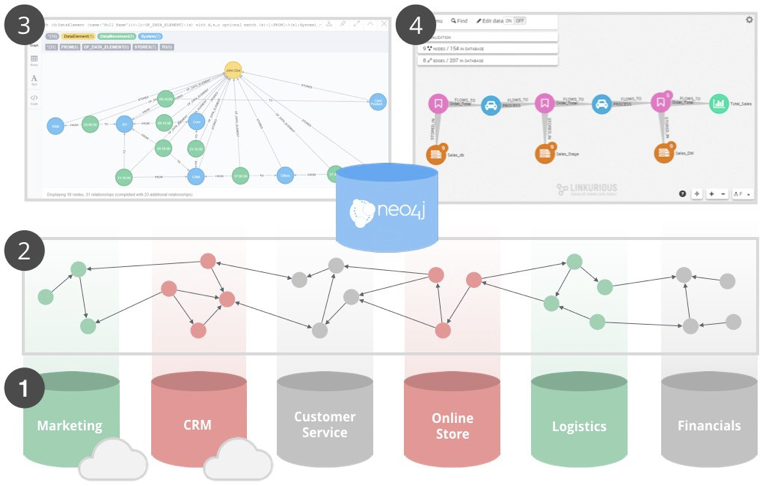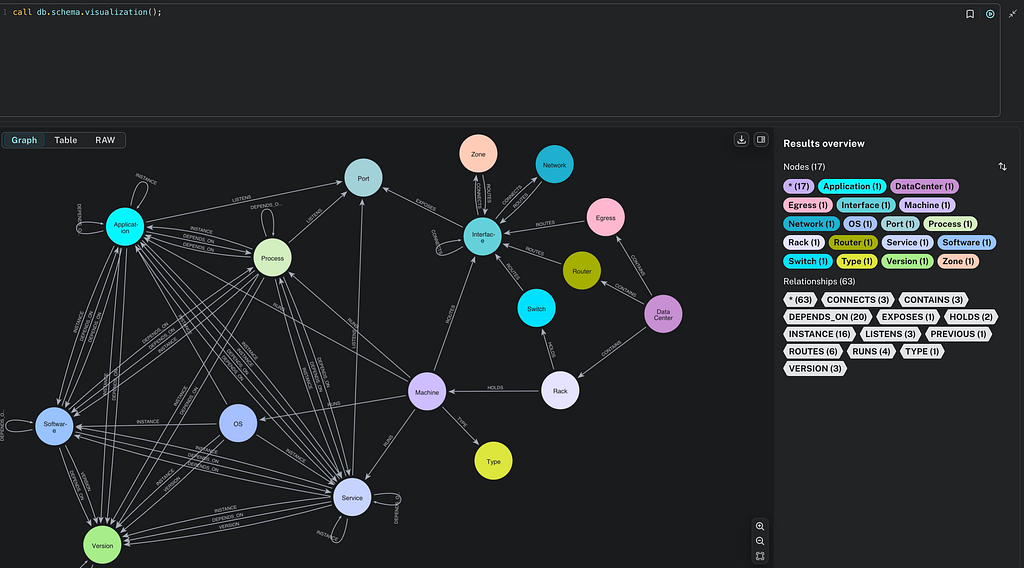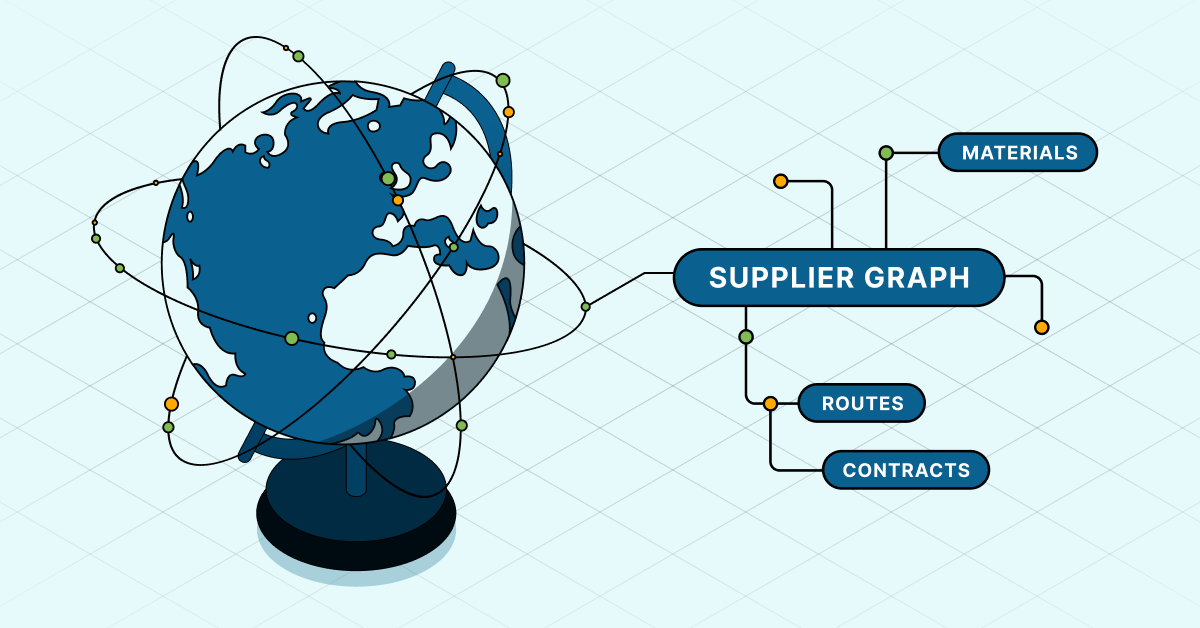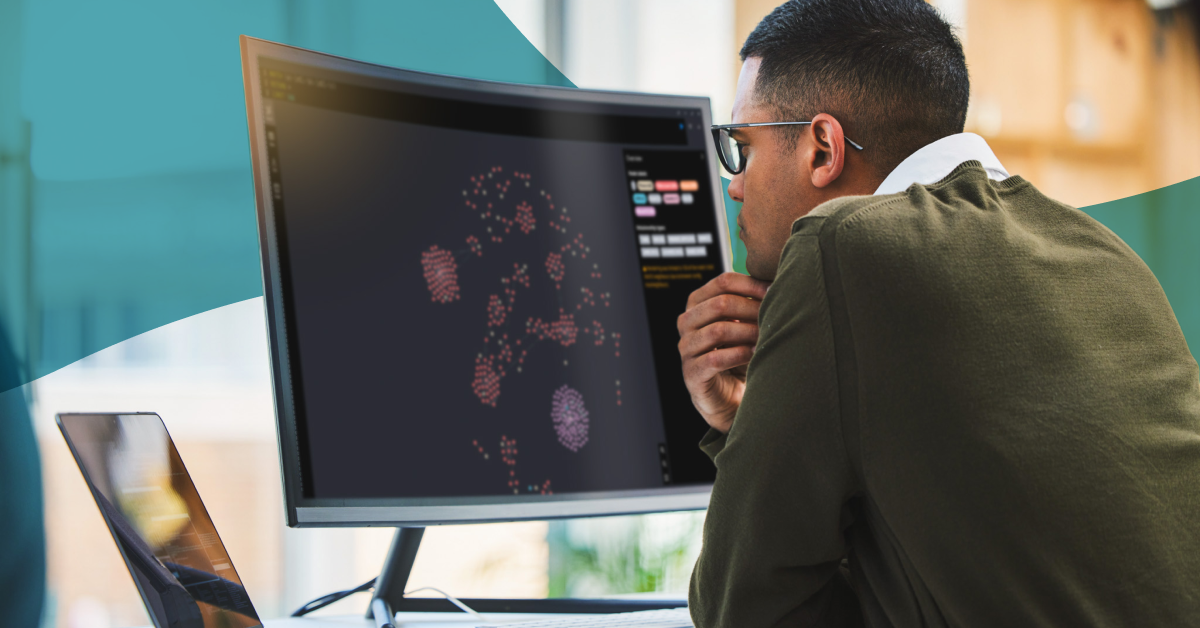GDPR Compliance: 4 Simple Steps to Building a GDPR Solution

Senior Director of Global Solutions, Neo4j
3 min read
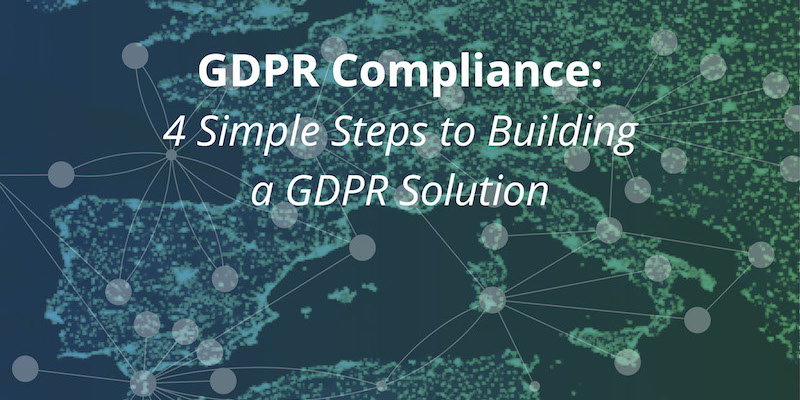
According to PwC, 92 percent of multinational companies cite compliance with the looming General Data Protection Regulation (GDPR) data privacy regulations as a top data-protection priority.
More than three-quarters of those organizations have allocated over a million dollars for related compliance efforts, with nearly ten percent planning to spend more than ten million dollars each.
For the enterprises spending their dollars on graph technology, their investment will be worth every penny.
In this series on GDPR compliance, we’ll break down how companies can best achieve compliance with the EU’s new privacy regulations using the power of graph database technology. In previous weeks, we discussed the challenges and problems with personal data and why graph technology is the fastest (and most future-proof) solution to GDPR compliance.
This week, we’re taking a deeper dive into the practical steps you can take to get started on your GDPR compliance solution.
4 Steps to GDPR Compliance
Follow these steps to build your organization’s GDPR solution using the Neo4j graph database as its foundation:
Step 1: Inventory Your Systems
Identify all enterprise systems that use or could potentially use GDPR-regulated personal data. Document where and how those systems store personal data.
For more information for identifying and mapping out master data, read this white paper:
Step 2: Build Your Logical Data Model
Build a logical data model of personal data elements, and how and when they flow across your systems. Define system connections including metadata that describes and quantifies them.
Check out these resources for more information on data modeling:
Step 3: Develop and Test Your GDPR System
Using your logical data model, load your data into Neo4j. Then develop and test your solution by creating simple queries that address the personal data requirements of GDPR.
To learn more about harnessing the power of connected data – and drawing out connected insights from your existing RDBMS architecture, check out these two white papers:
Step 4: Visualize and Respond to GDPR Requests
Use Neo4j and third-party data visualization tools to display the flow of personal data across your systems. Answer questions quickly about how it is being used by your organization.
Review our listing of data visualization partners more information on graph visualization solutions for Neo4j.
Conclusion
While GDPR might be a complex regulation, your compliance solution doesn’t have to be. Following these simple steps to identify, model, build and visualize your customers’ personal data not only keeps you ahead of regulations as they evolve, but it gives you a connections-first perspective on your data that delivers value to your bottom line.
This concludes our series on GDPR compliance and using Neo4j graph technology to manage data privacy regulations.
Catch up with the rest of the GDPR and Neo4j blog series:
